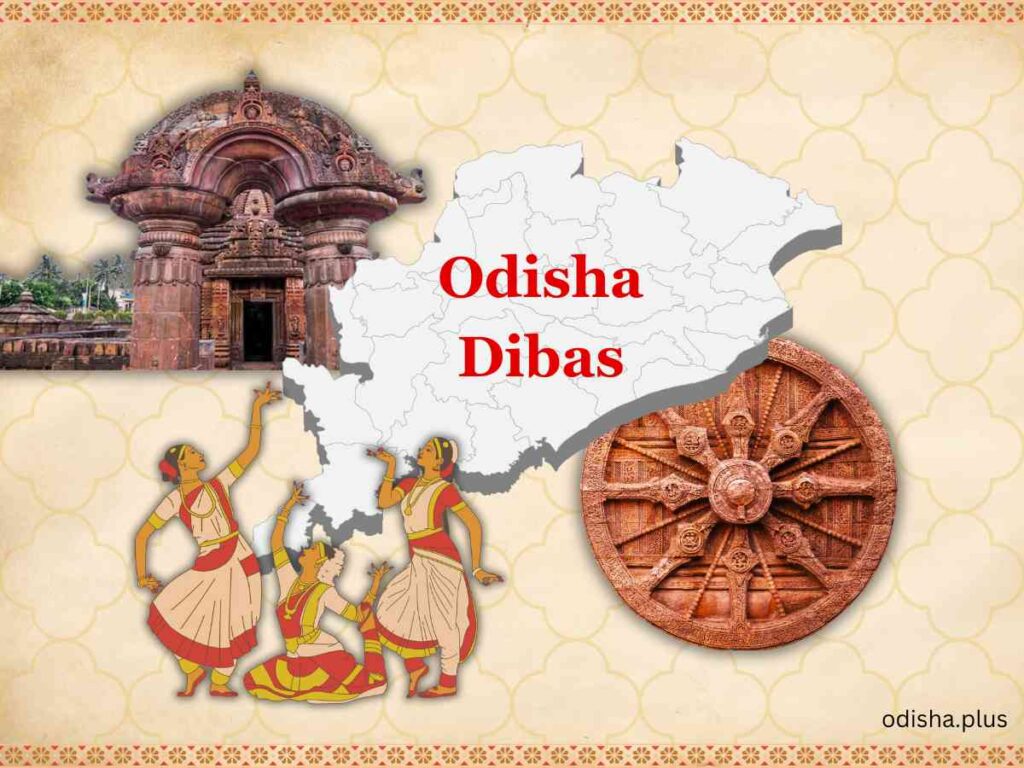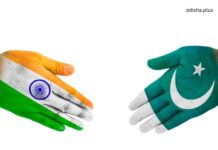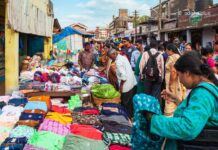Odisha’s rich cultural heritage and community spirit hold the key to sustainable development and ecological preservation in the region
Dr. Goutam Saha

Pride for Odisha is a socio-political phenomenon to ponder upon. Historically speaking, Odisha as a community is the last one to get defeated by the emperors. The pride in the Odia language resulted in a politically separate state under the British on a linguistic basis on 1 April 1936. Odisha, after independence, aimed to develop its economy with that cultural pride.
In the last two decades, Odisha has made significant progress in disaster management, fiscal prudence, women’s empowerment, and infrastructure. Mostly, the development is led by the government with the help of corporations and local communities. However, apart from some exceptions, the local community did not play a major proactive role in raising their concerns to protect local ecology, natural resources, traditional knowledge-based craft, and agriculture based on local pride.
Instead, we witnessed political parties make their political narrative on Odia’s pride to win votes. Odisha needs community-led inclusive development where Odia cultural pride can build economic and ecological reconstruction and resilience. We need more discussion and debate in a democratic set-up between the community, government, and the corporation. We, as a conscious community with local pride, can go far in this direction, and we can explore many opportunities for inclusive, sustainable development.
Let me share an example of the Dhalapathar handloom cluster of Khordha, which has a bright history, just 58 kilometers from Bhubaneswar, an eighty-minute car ride from the city. From the late 1800s until the mid-1900s, the Dhalapathar sari was at its peak. The sari, which belonged to the Rangani community, was arguably the best bridal wear available in Bhubaneswar, Kolkata, Sonepur, and Madhya Pradesh.
They are popular for their design motifs, which are generally woven in contrasting colours. These motives are so sharp and precise that it is hard to believe these saris are handcrafted. Powerloom destroyed this crafted beauty. To keep this handloom art alive, a few weavers started making pardas. In Parda, weavers also developed exclusive designs for Lord Krishna, Lord Hanuman, Gautam Buddha, etc. In 2010, Dhalapathar Parda and Fabric were registered in the Geographical Indicator (GI) Registry by the Government of India. There is a marginal increase in demand, along with the wages of artisans after GI registration.
On our last visit in March 2025, though 140 weavers were registered in the Dhalapathar Weavers Cooperative Society, only 14 weavers are presently working in the Dhalapather cluster. Weavers Cooperative Society does not have adequate capital to scale up. Parda’s demand did not increase. The way the cluster is moving, these 14 artisans may not continue, and their next generations are not also going to continue despite the sporadic interventions of organizations like Nirgun and Utkalamrita.
It is sad that just 58 kilometers from the state capital, which is the hub of Odia policymakers, business and media houses, elites, and intellectuals, we could not protect the craftsmanship of global standards and bring the dignity and well-being of the weavers. Research says pride in culture among the local community can build economic prosperity. A conscious consumer community of Bhubaneswar can do a lot for this traditional knowledge cluster in the following ways:
- Encouraging all the government and MNCs working in Odisha to buy Parda from the Dhalapathar handloom cluster for their offices because of its premium quality and environment-friendly nature.
- Connecting Dhalapathar Weavers Cooperative Society and giving orders directly to them for Sarees, Pardas, and fabrics for Salwar Kurta. Through this process, urban consumers can get an opportunity to see the intricacy of handloom weaving, understand its fabric, motifs, and dyes, and buy with informed choice. At present, the weavers’ society lacks working capital. Steady demands of the local consumers and support can help them to get loans at low interest rates.
- This exposure of local consumers to the cluster will help them to identify original Dhalapathar handloom products amidst the fake products and buy confidently Dhalapathar Sarees/pandals from genuine government retailers and authentic designers.
Thus, a conscious Bhubaneswar-based consumer community can revive the neighboring traditional knowledge clusters and the cultural pride of Odisha. Similarly, this type of community can raise their voices against increasing air and water pollution in the city, waste management, protecting the water bodies from unscientific and unrealistic construction boom, etc. It will promote grassroots-level democracy by starting effective discourses among government, market, and communities, the three pillars of democracy termed by former RBI governor Dr Raghuram Rajan.
Recently, famous activist Sonam Wangchuk appealed, “If each citizen takes care of one square kilometer around them, the nation will take care of itself.” Famous social entrepreneur and founder of India’s largest trade union for women, Padmabhusan Ela Bhatt conceptualized Hundred Mile Community in her book, Anubandh. She appealed to build holistic and mutually beneficial communities to cater to the basic needs of daily life—food, clothing, housing, health, education, and banking. She presented the idea of creating a local community within a 100-mile radius to cater to livelihoods and sustainable living.
Probably in the era of crony capitalism, ecological disaster, and dying environmentally friendly traditional knowledge, the voice of an active, conscious community is our only hope. On Odisha Dibas, we hope for this revival of the power of a conscious, active, and assertive community with cultural pride. Otherwise, we will become a part of the political system, termed a theatre state by Clifford Geertz, where power is exercised through spectacle and rituals rather than through more traditional methods like welfare.
(The writer teaches at the National Institute of Fashion Technology, Bhubaneswar. Views expressed are personal.)



























